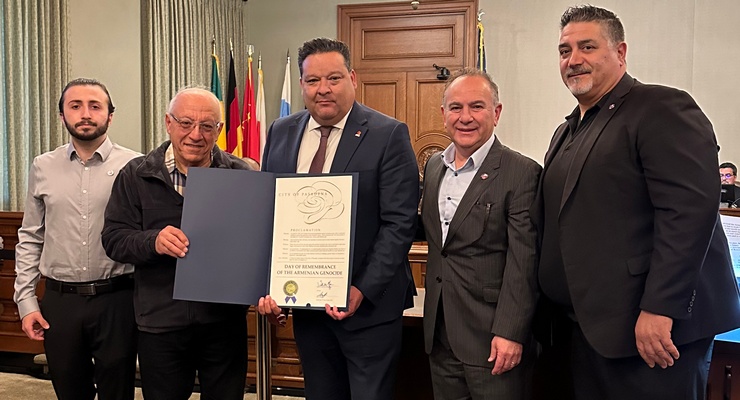We live in the lithium-ion age. Smartphones, electric vehicles, and many other crucial technologies draw their power from these batteries. Inside the batteries, charged ions of lithium travel from the positively charged anode to the negatively charged cathode through a medium called the electrolyte, which creates free electrons that turn into an electrical current. When the battery recharges, this movement occurs in the opposite direction.
Lithium-ion batteries became the gold standard because of their ability to store a large quantity of energy and recharge many times with minimal degradation. However, they carry a few pronounced downsides. For one thing, lithium-ion batteries require several materials such as lithium, nickel, and cobalt that are scarce, expensive, and environmentally damaging to acquire. As a result, researchers such as Kimberly See, Caltech assistant professor of chemistry, are experimenting with new combinations of materials in pursuit of better, sturdier, more reliable batteries with which to power our future.
See is especially interested in sustainable alternatives to lithium such as magnesium, calcium, and zinc. These elements can also shuttle charges back and forth as lithium ions do, but they are far more abundant and generally accessible. These materials also have the potential to match or even exceed lithium’s energy density. For instance, magnesium and zinc metal electrodes (the anode or cathode) have a higher volumetric energy density, meaning they can store more electrons in a given volume than lithium can.
“There are materials that theoretically would be better than or at least on par with lithium-ion for all of those chemistries—with calcium and magnesium for sure,” See says. “But we’re not there yet.”
That is in part because these battery chemistries are so new. The Nobel Prize-winning research that led to the lithium-ion battery started in the 1990s, and lithium-ion’s ubiquity in modern electronics has led to refinements in the battery’s design. But such refinements have not yet been made in the experimental calcium and magnesium batteries like those See researches. For these materials, there are still very few liquid electrolytes known to work safely and effectively with these elements.
In addition, magnesium and calcium are extremely reactive, which makes them simultaneously promising as battery materials and prone to a host of chemical complications, especially at the places where the electrolyte meets the anode or cathode.
“The more reactive the metal is, the higher voltage you get,” See says. “So, it’s a trade-off.”
Another major advance in battery tech could help to get more out of lithium. Lithium-ion batteries are so named because they move lithium ions back and forth between the two electrode, but they typically have anodes made of graphite. While graphite’s performance cannot match that of electrodes made of metal—especially lithium metal, which is seen as a holy grail of sorts as an electrode material—they are currently the best possible choice. Lithium-ion batteries cannot use the superior metal electrodes because they grow nanoscopic spikes called dendrites during normal operation, degrading the battery’s life and causing shorts and fires.
This problem is one reason why many researchers are excited about batteries that use a solid electrolyte rather than a liquid, even though ions cannot pass through a solid material as easily as through a liquid. A solid electrolyte could exert physical pressure on the electrodes to help keep the dendrites in check, allowing the batteries to use the more productive metal electrodes, says Julia R. Greer, the Ruben F. and Donna Mettler Professor of Materials Science, Mechanics and Medical Engineering, and Fletcher Jones Foundation Director of the Kavli Nanoscience Institute .
“Everybody wants to work with lithium metal because it’s very energy dense, lightweight, and most efficient,” says Greer, whose lab researches solid electrolytes.
Sodium-ion, lithium-metal, calcium, magnesium, fluoride, lithium-oxygen: a variety of up-and-coming battery chemistries, architectures, and ideas have had their moment in the sun as the silver bullet that would supplant lithium-ion batteries. But, as See and Greer see it, designing and building a safe and efficient battery is a constant cycle of trade-offs, Band-Aids, and compromises. Researchers consistently try to find new materials and workarounds to overcome the weaknesses and the finicky nature of current approaches. For a new battery design to succeed at a large scale, it needs the total package.
“That’s why my group looks at all three components: the anode, cathode, and electrolyte,” See says. “We try to do this research holistically and think about all three components and how they interact with each other. If you’re just totally focused on one piece, it’s not going to work.”














 1 comment
1 comment


